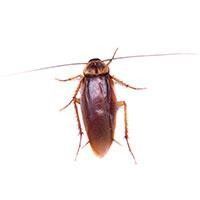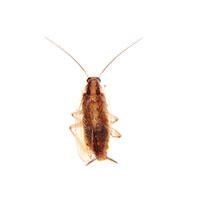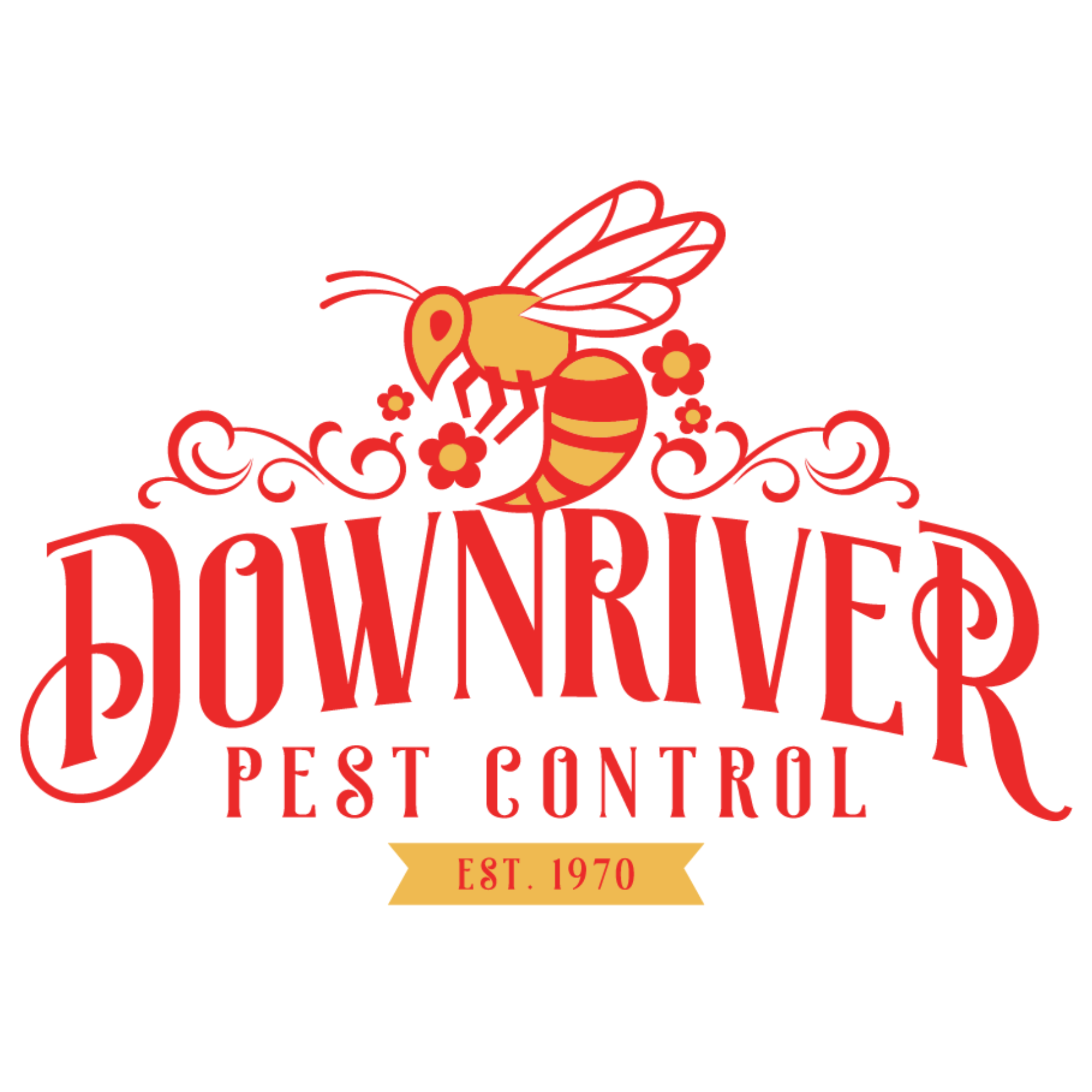Cockroaches
Contact Us
We will get back to you as soon as possible.
Please try again later.

American Cockroach
1 3/8in to 2in long
Reddish-brown color with a yellowish figure 8 pattern on the back of the head

German Cockroach
1/2in to 5/8in long
Light brown to tan in color with two dark, almost parallel stripes located on their backs
Cockroach Facts
- Ancient Insects: Cockroaches are one of the oldest insects on Earth, with fossil evidence dating back over 300 million years.
- Species Diversity: There are over 4,500 known species of cockroaches worldwide, but only about 30 of them are associated with human habitats.
- Adaptability: Cockroaches are highly adaptable insects and can be found in a wide range of environments, from tropical rainforests to cold, urban areas.
- Nocturnal Creatures: Most species of cockroaches are nocturnal, meaning they are most active at night.
- Fast Runners: Cockroaches are fast runners and can reach speeds of up to 3 miles per hour (5 kilometers per hour).
- Resilient Survivors: They are known for their resilience and ability to survive in harsh conditions. Some species can live for weeks without their heads, as they breathe through small openings in their body segments.
- Omnivorous Diet: Cockroaches are opportunistic feeders and will eat a wide variety of foods, including decaying matter, paper, glue, and even some household items.
- Allergen Sources: Cockroach droppings and shed skin can be potent allergens and are known to trigger allergies and asthma in some people.
- Evasive Behavior: When threatened, cockroaches can exhibit evasive behavior, such as running in zigzag patterns to escape predators.
- Speedy Reproduction: Cockroaches reproduce rapidly, with some species capable of producing thousands of offspring in a year.
- Chemical Communication: Cockroaches use chemical signals called pheromones to communicate with each other, particularly in mating and finding food sources.
- Social Behavior: Some species of cockroaches exhibit social behavior, living in groups and displaying hierarchical structures.
- Resistant Pests: They have developed resistance to many common insecticides, making them challenging pests to control.
- Prehistoric Links: Some scientists believe that cockroaches may have played a role in the extinction of the dinosaurs by consuming their decaying remains.
- Beneficial Decomposers: In natural ecosystems, cockroaches serve as decomposers, breaking down dead plant and animal material.
- Variety of Sizes: Cockroaches come in various sizes, with some as small as a grain of rice and others as large as a human thumb.
- Global Distribution: Cockroaches are found on every continent except Antarctica.
- Human Health Concerns: They are associated with the spread of diseases and pathogens due to their habit of crawling through unsanitary areas and then coming into contact with human food and living spaces.
- Control Methods: Integrated pest management (IPM) strategies often include sanitation, sealing entry points, and using traps or insecticides to manage cockroach infestations.
- Fascinating Research: Cockroaches have been subjects of scientific research in fields like robotics, where their agility and adaptability have inspired the design of robotic systems.
These facts highlight the diverse and intriguing aspects of cockroaches, although they are often seen as pests in human environments due to their potential health risks and nuisance behavior.
How To Prevent Cockroaches
- Keep a Clean Home:
- Clean up crumbs and food spills immediately.
- Store food in airtight containers.
- Don't leave pet food out overnight.
- Wash dishes promptly and don't leave them in the sink overnight.
- Empty and clean pet food and water bowls daily.
- Seal Entry Points:
- Seal cracks and crevices in walls, floors, and around pipes with caulk.
- Install door sweeps and repair damaged window screens.
- Ensure doors and windows close tightly.
- Regular Cleaning:
- Vacuum and mop regularly to remove food particles and cockroach eggs.
- Don't forget to clean behind and under appliances, as well as inside cabinets and drawers.
- Dispose of trash in sealed containers, and take it out regularly.
- Reduce Moisture:
- Fix any leaks in pipes or faucets.
- Use a dehumidifier to reduce humidity in damp areas like basements.
- Remove Clutter:
- Cockroaches like to hide in clutter, so keep your home organized and clutter-free.
- Store Firewood and Outdoor Items Away:
- Keep firewood, compost piles, and trash bins away from your home's exterior.
- Use Roach Traps and Baits:
- Place cockroach traps or baits in areas where you suspect cockroach activity.
- Regular Pest Inspections:
- Schedule regular pest inspections with a professional exterminator.
- Natural Repellents:
- Some natural substances like diatomaceous earth or boric acid can deter roaches when placed in key areas.
- Proper Food Storage:
- Store food securely in sealed containers, including dry goods like grains and cereals.
- Keep Appliances Clean:
- Clean under and behind appliances like the refrigerator and stove regularly.
- Pet Bowls and Litter Boxes:
- Clean and empty pet bowls and litter boxes daily, and keep them away from sleeping and eating areas.
- Seal Trash Bins:
- Ensure that outdoor trash bins have tight-fitting lids and are kept clean.
- Educate Yourself:
- Learn about cockroach habits and behavior to better prevent infestations.
- Immediate Action:
- If you see a cockroach, act quickly to eliminate it to prevent further infestation.
Remember that cockroaches are resilient pests, so a combination of these prevention methods is often the most effective approach. If you have a severe infestation, it's advisable to seek professional pest control services to eradicate the problem.
BROWSE OUR WEBSITE
Phone: (313) 381-1877
Email: downriverpestcontrol@gmail.com
Proudly Serving all of Wayne, Oakland and Washtenaw Counties
Hours of Operation:
- Mon - Fri
- -
- Saturday
- Appointment Only
- Sunday
- Closed

